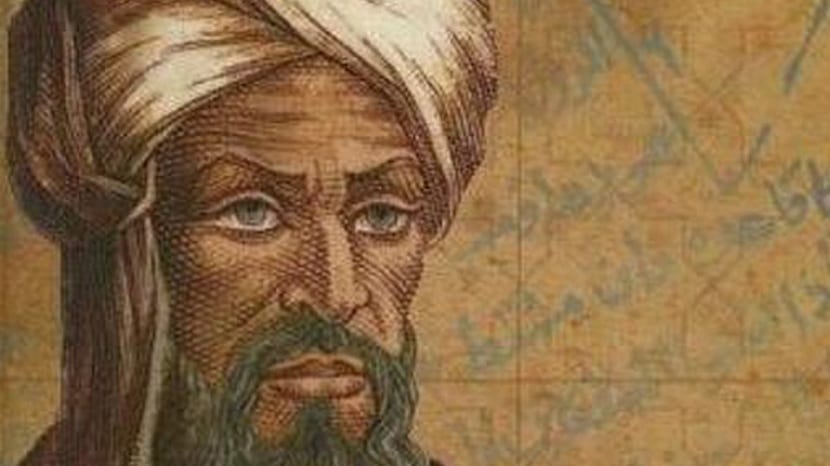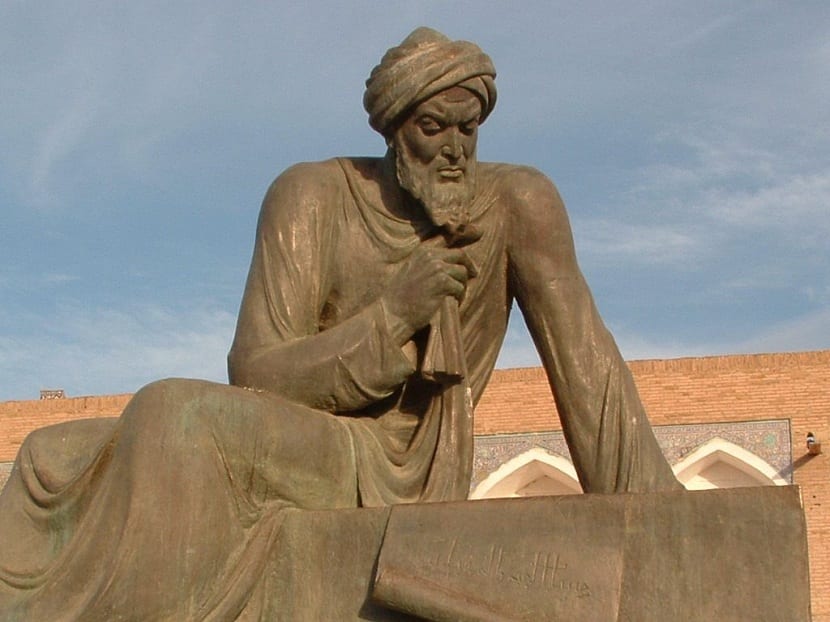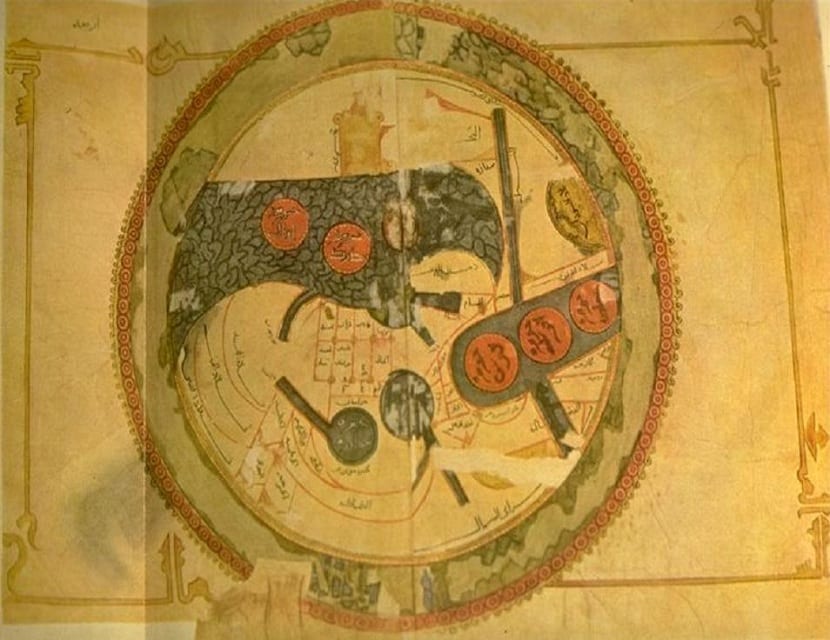
One of the men who have contributed much to science is a Muslim named Mohammed Ibn Musa abu Djafar Al-Khwarizmi. This man was a mathematician, astronomer and geographer and was probably born in the Persian city of Khwarizm. This city is located in the southeast of the Aral Sea and had been conquered 70 years before it was born by the Arabs. Al-Khwarizmi's name means Son of Moses.
In this article we are going to tell you about all the exploits and discoveries of Al-khwarizmi as well as his biography.
Biography

He was born in 780. In 820 he was called to Baghdad (what we know today as Iraq) by the Abbasid caliph Al Mamun. This man was known to all thanks to the "Thousand and One Nights." The House of Wisdom was built to enrich science and other academies for science were also created. Some of the most important philosophical works were translated into Arabic. These academies also had astronomical observatories.
All this scientific and multicultural environment served to make Al-Khwarizmi's learning much more productive. In the end he decided to devote all his treatises to algebra and astronomy. These decisions had important consequences for the future development of science in Europe, mainly through Spain.
He traveled through Afghanistan, southern Russia, and Byzantium. For many people, he was considered the best mathematician of his time. And it is that mathematics is an invention developed by the human being. Therefore, although it is difficult for everyone, it cannot be more difficult than human understanding, since it is created by us. With that philosophy, Al-Khwarizmi was able to work in mathematics with great skill.
He died in Baghdad around 850 AD. He was remembered as one of the best mathematicians in all of history.
Al-Khwarizmi Works

He made 10 works and almost all of them are known both indirectly and through translations that were later made into Latin. Of some of his works, only the title is known and the rest that were translated were made in Toledo. This scientist was dedicated to compiling all the necessary knowledge of the Greeks and Hindus. He was mainly dedicated to mathematics, but he also turned to astronomy, geography, history and even astrology.
You have to think that at this time science was not so developed. A person could spend a lot of time on various subjects and be able to advance in them. This is because there was not much information or expertise. This is the reason why a person could be perfectly multicultural and expert in various subjects. Today there is a lot of information on each subject. You can spend time on one subject or another. But if you really want to be an expert in some, you cannot focus on several at the same time, because you would not have time to know everything about it. More than anything, because new studies and discoveries come out every day and you have to be continually updating.
His best known work of all and the most used were the Astronomical Tables. These tables were based on knowledge that the Hindus had acquired and that they had captured there. These tables include algorithms used to calculate dates and some trigonometric functions such as the sine and the cotangent.
Of his arithmetic, only the XNUMXth century Latin version is preserved. This work describes in great detail the entire Hindu system of base-10 positional enumeration. Thanks to this calculation system you can know many more ways to perform calculation to achieve different objectives. It is also known that there was a method that served to find square roots, although it does not appear in this Latin conservation.
Algebra treatise

His discoveries in mathematics were essential to be able to introduce the enumeration systems in the Arab world and, later, throughout Europe. These systems have come down to us through the Arabs and we should call it Indo-Arabic, because they were based on the knowledge of the Hindus. This system is the first who began to use zero as another number.
His treatise on algebra is a compact introduction to calculus. In this treatise you can see how certain rules are used to complete the equations. They also need to be reduced to make them easier and able to solve them. Although the math is complex, it is still a science where the simplest path is always sought. Formulas are usually reduced as low as possible so that they can guarantee quality data with high precision but without having to do too many calculations.
In his treatise on algebra, he also helped to systematize all the resolutions of quadratic equations. These equations also appear in geometry, in commercial calculations and inheritances, for which they were very useful for the time. Al-Khwarizmi's oldest book was known by the title Kitab al-jabr wa'l-muqabala and it is the one that gives origin and meaning to the word algebra.
These terms were named to understand the terms that were used in the negative and positive coefficients of all known calculations. Translated into Spanish, the title of the work could be said as "The book of restoring and equalizing" or "The art of solving equations."
Treatise on astronomy and work on geography

On the other hand, Al-Khwarizmi also made a treatise on Astronomy. Only the two Latin versions are preserved. In this treatise one could visualize studies of calendars and real positions of the Sun, the moon and the planets. Tables of sines and tangents were applied to spherical astronomy. We can also find in this treatise astrological tables, calculations of parallax and eclipses and visibility of the moon.
He also devoted himself in part to geography, where he made a work called Kitab Surat-al-Ard. In this work you can see how he corrects Ptolemy in everything related to Africa and the East. He made a list of the latitudes and longitudes of cities, mountains, rivers, islands, different geographic regions, and even the seas. These data were used as basis for creating a map of the world that was then known.
As you can see, Al-Khwarizmi made important contributions in the world of science and, today, there are many applications that we have in mathematics thanks to him.
Why do they call him al-khwarizmi, or al-khwarizmi, or al-jwârizmi? It produces confusion. It seems as if they were three different people.